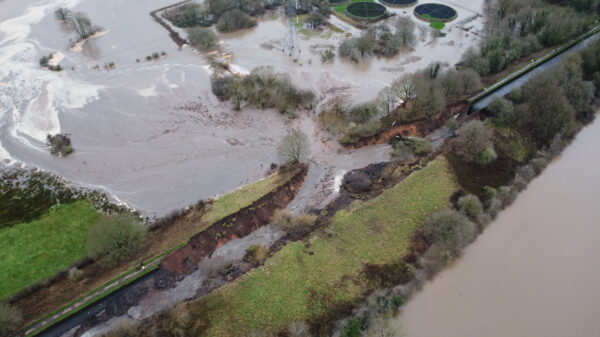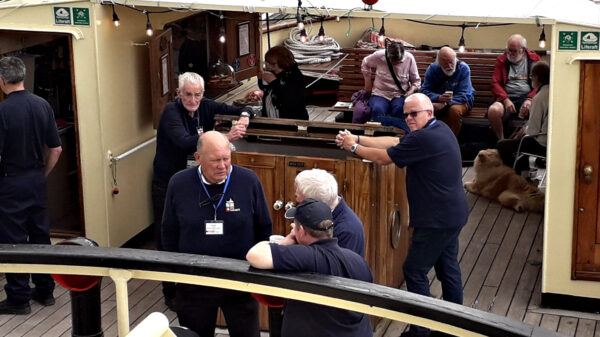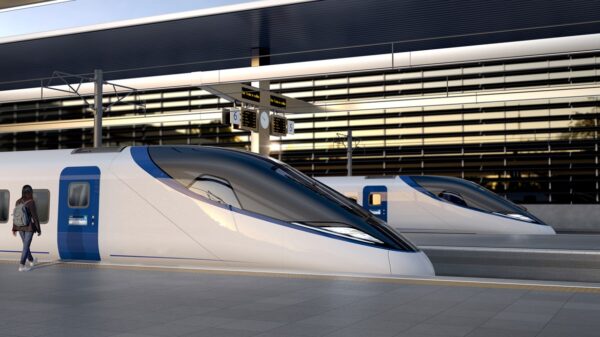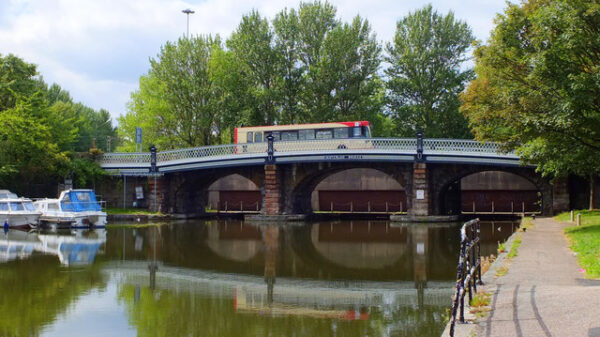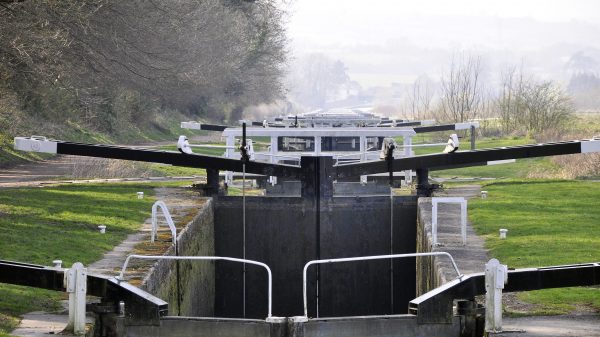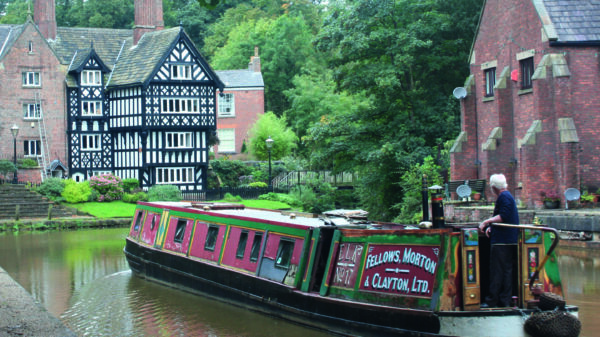From Manchester to Runcorn
The Leigh Arm is 10.8 miles and runs from Waters Meeting in Stretford to the Leigh Arm of the Leeds & Liverpool Canal in Leigh. The Preston Brook Branch is just 0.8 miles and connects to Trent & Mersey Canal.
The Bridgewater Canal is famous for being the first built for the Duke of Bridgewater to take coal from his mines at Worsley, where there were more than 40 miles of underground canals on more than one level.

